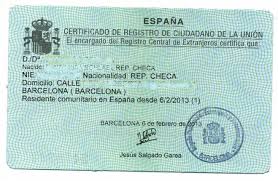REFORMS have been brought in that require claimants to pay court filing fees when ‘making use of the public service of the administration of justice’.
This enactment has forced lawyers, already under severe stress due to the still-struggling economy, to downsize what they can legitimately request in fees.
In fact, even to the point of having to waive the retainer to allow a case – or an appeal – to go forward on a no-win-no-fee basis.
But what happens when one loses a case? And if no agreement was struck with the lawyer?
These notes should help understand the legal fees’ system:
a) The Spanish Solicitors’ Code of Practice establishes an absolute freedom to fix legal fees, pursuant to a Supreme Court ruling that nullified the prohibition of conditional fees.
b) Where no agreement is struck, clients need to be aware that by default they will fall under the legal fee guidelines approved by the provincial Bar Association, and these can be pretty hefty (a case worth €300k will attract €25k in fees, only in the first instance).
c) Equally, where a case is lost and the court awards costs i.e. pay the other party’s legal fees, they will too be calculated by reference to the respective Bar Association, in any case.
d) If scenarios b) and c) happen to coincide, an unsuspecting claimant could find that a case relating to a property worth say €300k could actually cost him €50k!
e) On property conveyancing, 1% of the purchase price is still pretty standard, in spite of the crisis. The reason for this is perhaps to do with the hefty quantum of a potential claim i.e. up to the value of the property and, notably, the very lengthy mandatory 15-year liability term to validly bringing a claim against a conveyancing lawyer.
The above conclusions make it very advisable prior to filing a case, and even responding to a claim filed against one, to ask the acting lawyer for an appraisal of the likely legal costs should the case be lost as, very often, these are ignored ab initio.
And naturally, have one’s own fees agreed and ratified by signing a letter of engagement or letter of instruction.
Click here to read more News from The Olive Press.





